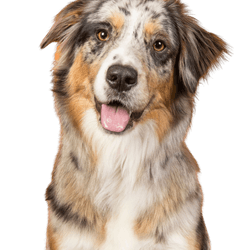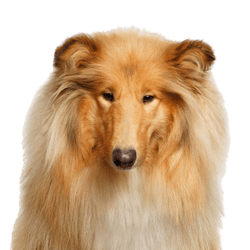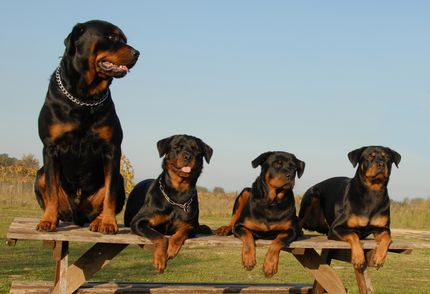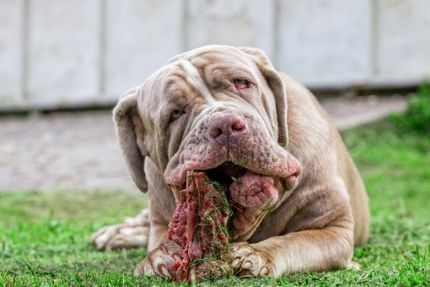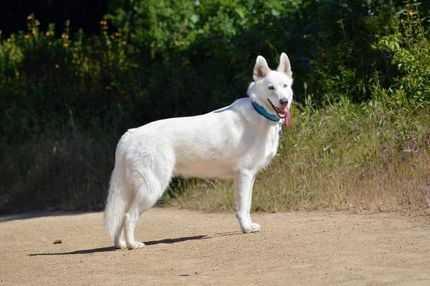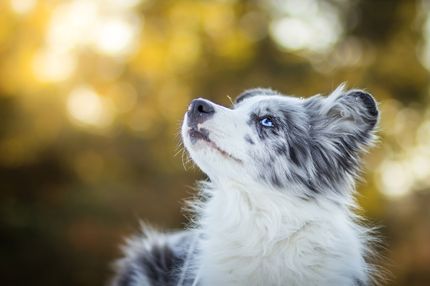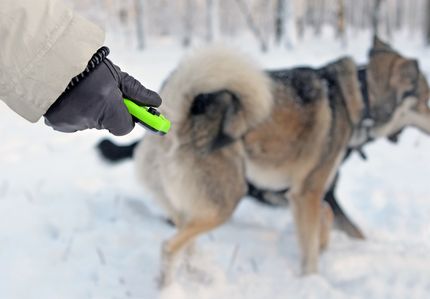Facts & Origin
Origin of the Aussie Collie
The Aussie Collie is a designer or hybrid breed resulting from the deliberate crossing of two extremely intelligent and eager-to-work herding dogs: the Australian Shepherd and the Collie (usually the Longhaired Collie). Both breeds originally came from the working world - the Australian Shepherd from the USA, where it was used as a versatile ranch dog, and the Collie from Great Britain, where it was used for centuries as a herding dog for flocks of sheep.
The breeding of the Aussie Collie probably began in North America, where mixed forms of intelligent working breeds enjoyed increasing popularity. The aim was to combine the good trainability, friendly charisma and herding abilities of both breeds in one dog. Unlike many other mixed breeds, the Aussie Collie already has a high genetic similarity through its parents - which can lead to relatively predictable characteristics, but also carries certain risks (more on this below).
Name synonyms
The Aussie Collie is known by several names, most of which result from the combination of the parent animals. Common synonyms or alternative names include
Australian Collie
Aussie Shepherd Collie Mix
Collie Aussie Mix
Aussie × Collie
As this is not an officially recognized breed, there is no uniformly protected name and breeders often use different terms. It is therefore important when adopting or buying to check exactly which parent animals are really involved and whether it is a first generation mix (F1) or a well thought-out multi-generation cross.
Criticism of the Aussie Collie
As with many hybrid breeds, there are also critical voices regarding the Aussie Collie, particularly in the field of animal welfare and serious breeding. A frequent point of criticism is that such dogs are bred purely for appearance or marketing reasons, without regard for health, temperament or genetic suitability. It becomes particularly problematic when breeders mate two lines without herding experience or with behavioral deficits - this can lead to offspring that are neurotic, insecure or extremely overwhelmed with everyday situations.
In addition, both breeds carry a certain risk of herding behavior towards children, joggers or bicycles. If these tendencies are not managed correctly from the start, problematic behavior can result - especially in busy residential environments.
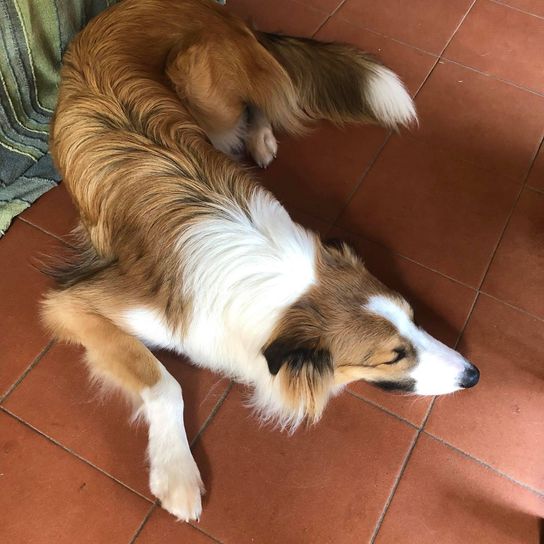


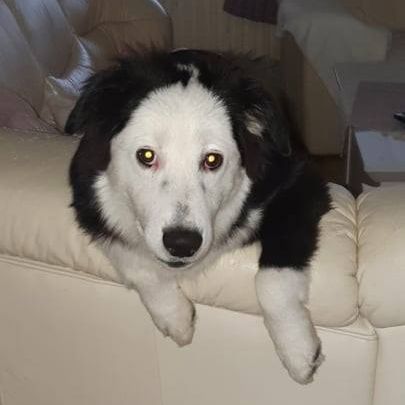
| Alternate Name | Australian Collie, Aussie Shepherd Collie Mix, Collie Aussie Mix |
| Origin | USA - Scotland |
| Life expectancy | 10 - 16 years |
| Care requirements | high-maintenance |
| Activity level | high - average to high |
| FCI group | not recognised |
| AKC group | not recognised |
| KC group | not recognised |
More Australian Shepherd mixes
Attitude, character and temperament of the breed
Character traits: Smart, sensitive and always ready to work
A well-socialized and appropriately kept Aussie Collie can be a wonderful family and working dog. They are considered to be very people-oriented, loyal and willing to learn - a combination that makes them particularly popular with active families, dog sports enthusiasts or in therapy dog work. Many Aussie Collies are exceptionally quick on the uptake, which makes them easy to train, but can also quickly become underchallenged.
Their high sensitivity is typical: they react strongly to the moods of their caregivers and are therefore well suited to calm, sensitive people who work with positive reinforcement and structure. At the same time, they need clear leadership, as they are otherwise quick to make their own decisions - a characteristic that can come from both Collies and Aussies.
With insufficient exercise, a lack of guidance or inconsistent training, Aussie Collies often develop behavioral problems such as nervousness, barking or controlling behavior. For this reason, they should only be adopted by people who are familiar with herding dog breeds or who are prepared to deal intensively with their special characteristics.
Character
Usage

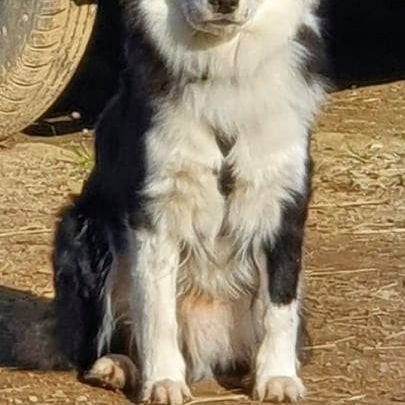
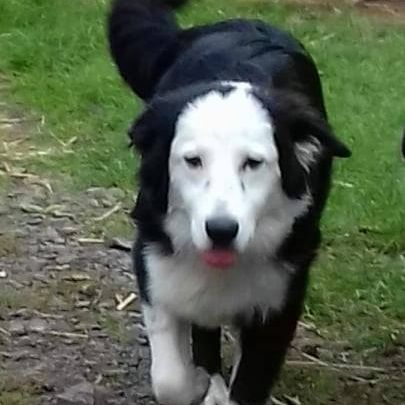
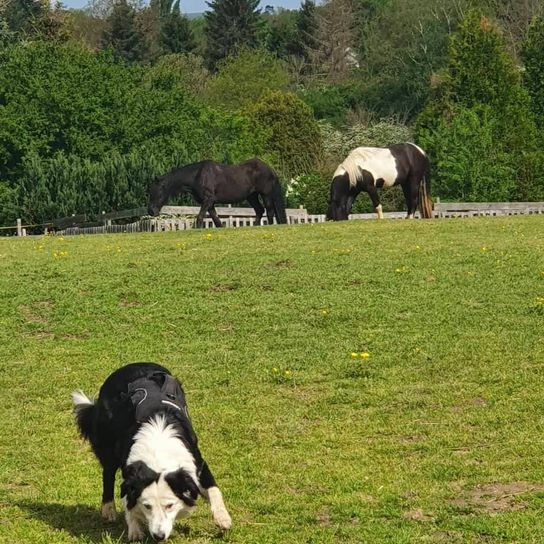
Diseases & care
As with all mixed breeds, the health of the Aussie Collie depends heavily on the breeding quality and the parents. As both breeds of origin can carry some genetic diseases, it is particularly important to take preventative health measures through appropriate genetic testing. Possible disease risks are
Hip and elbow dysplasia
Eye diseases (e.g. collie eye anomaly, cataract)
MDR1 gene defect (hypersensitivity to certain medications, very common in Collies)
Epilepsy
Degenerative myelopathy
Autoimmune diseases (rare, but possible)
Grooming depends on the coat type, which varies depending on the parent: Many Aussie Collies have a dense, medium to long coat with undercoat, which should be brushed regularly - at least several times a week, or daily when the coat changes. Without grooming, the coat can easily become matted. Checking ears, eyes and claws should also be part of the routine, as agile dogs are quick to overlook minor injuries.

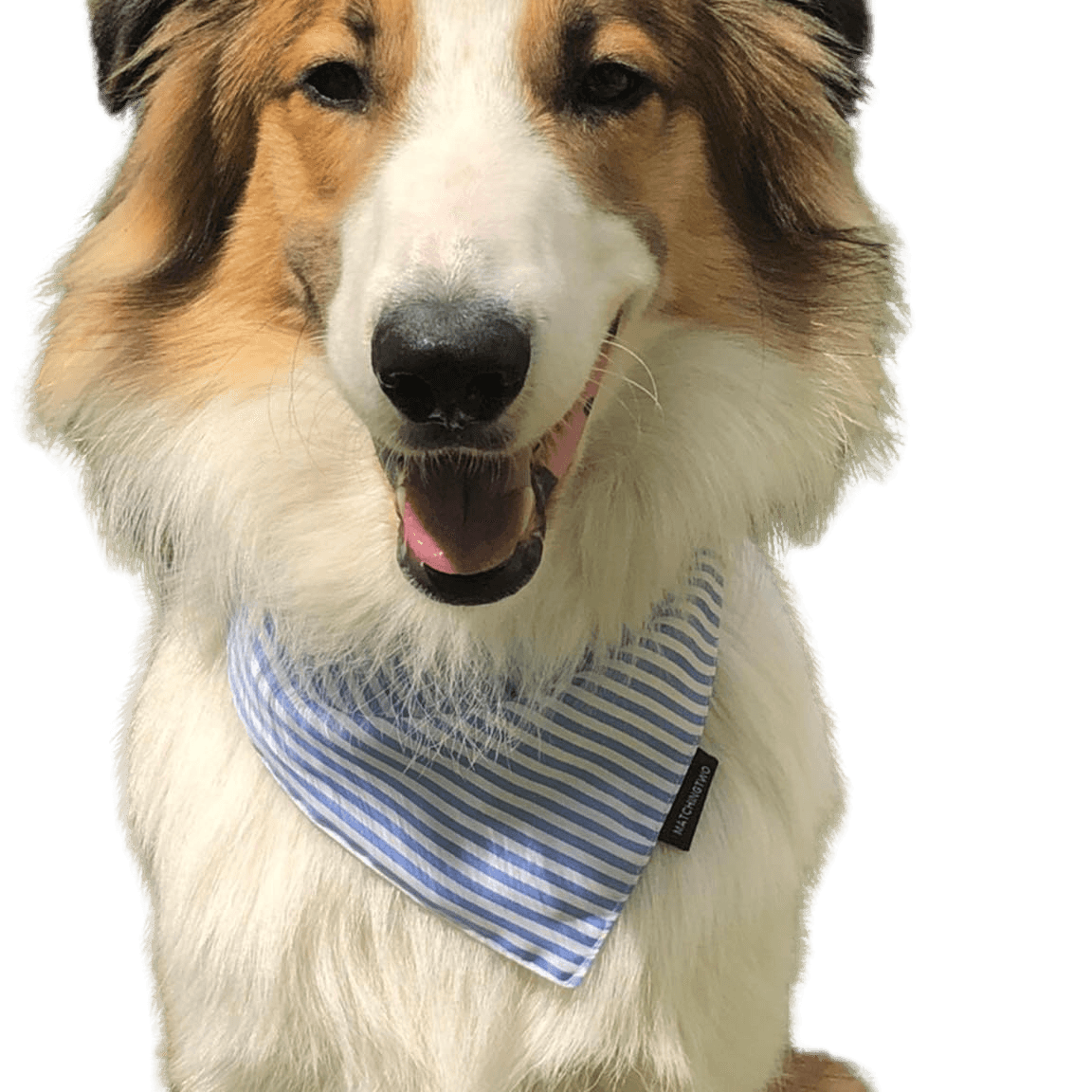
Possible appearance of the Aussie Collie
In appearance, the Aussie Collie is often a real eye-catcher: athletic, harmoniously built and often with an expressive face. The shoulder height is usually between 48 and 60 cm, the weight is around 18 to 28 kg, depending on sex and lineage. The body is usually athletic and muscular, the head finely shaped, with alert eyes and usually drooping or semi-standing ears.
The coat can appear in many colors, including:
Black Tricolor,
Blue Merle,
Sable,
White with markings,
or red merle.
The eye color varies from brown to amber to blue, occasionally also differently colored (heterochromia) - especially typical when the Australian Shepherd portion comes through strongly.
The tail can be long or slightly bushy, sometimes even shortened (e.g. due to Aussie genetics). Overall, the Aussie Collie appears lively, alert and agile, which aptly reflects its temperament.
| Fur length | long |
| Fur | flat coated |
| Ear shape | Standing Ears - Tilt-ear |
| Tail | fanned out |
| Anatomy | sporty, sporty |
| Size ♀ | 46 - 56 cm |
| Weight ♀ | 18 - 32 kg |
| Size ♂ | 51 - 61 cm |
| Weight ♂ | 20 - 32 kg |
| Suitable For | - |


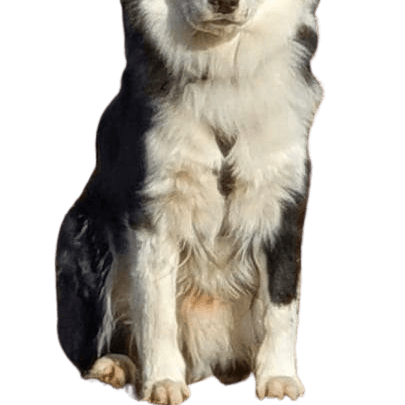
Known Diseases
Hip dysplasia (HD)
Hip dysplasia (HD) is a genetic condition in dogs where the hip joint is not shaped properly. This leads to pain, stiffness and restricted movement.
Elbow dysplasia (ED)
Elbow joint dysplasia is a chronic disease complex of the elbow joint of fast growing dog breeds.
MDR1 defect
The MDR1 defect is a defect in the MDR1 gene that can occur in some breeds of dogs and in humans. This results in the deficient or absent synthesis of a certain protein which is an important component of the blood-brain barrier, leading to hypersensitivity to some drugs.
Progressive Retinal Atrophy (PRA)
Progressive retinal atrophy (PRA) is a slowly progressive death of the retina in dogs.
Numbness
Often occurs in old age.
Epilepsy
Definition: Dog has epilepsy if, for example, at least two epileptic seizures occur more than 24 hours apart.
Collie Eye Anomaly (CEA)
Collie Eye Anomaly (CEA) is a hereditary disease of various breeds of dogs from the Collie family.
Eye diseases
Often occur with allergies and intolerances.
FAQ
-
An Aussie Collie is a cross between an Australian Shepherd and a Collie.
-
Aussie Collies can look different, but it is often recognizable that they are a mix of Collie and Australian Shepherd.
-
Aussie Collies are usually between 50 and 60 cm tall and weigh between 18 and 28 kg.
-
Australian Shepherd and Collie mixes are generally very intelligent, loyal and energetic dogs. They are great family dogs and get on well with children.
-
Yes, Aussie Collies need plenty of exercise and stimulation to stay happy and healthy. They love to be active and often excel at dog sports such as agility and flyball.

